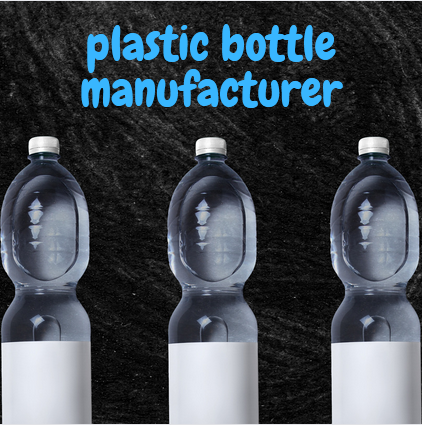Plastic molding is a process used in the manufacturing of plastic products. It includes several methods, including compression molding, thermoforming, and rotational molding. If you want to learn more about plastic molding, check out our website.
Compression Molding
Plastic compression molding is a process where molten wholesale plastic is heated and shaped to a desired form. It is used for a wide range of applications. This is particularly useful for manufacturing soft toys, gaskets, and seals. The process can be used for high-volume production and is preferred over injection molding for more robust materials.
Compression molds are classified by the type of molding compound used. Some common materials include polycarbonate, polypropylene, and polystyrene. Other types of materials include epoxy and phenolic.
The basic structure of a compression mold is a male and female half. These halves extend from a central recess to the outer surface of the mold. They are supported by an upper clevis and an intermediate clevis. An aperture and a coaxially arranged coolant inlet channel are included on the male mold.
A cam follower resides within a spiral cam slot. Its rotation can be guided by a rod that is inserted inside a tube. Another mechanism is a swing lever that extends outward from the slide mold part. This lateral movement provides a pull to open the mold.
Thermoforming
In the manufacturing industry, thermoforming is a process of creating a part from a plastic sheet. It is used for creating hollow or semi-rigid parts and can be used in many industries.
This method of manufacturing a product is versatile and easy to use. Because it doesn't require a huge investment, it is perfect for small orders. Thermoforming can also be used for single-use products, including food packaging.
Most companies that use thermoforming recycle waste plastic. These materials can be used to produce other applications. For example, polymethyl methacrylate, a type of plastic, is commonly used for producing transparent packaging and headlamps for vehicles. Compared to other types of plastics, it offers durability and resistance to weather elements.
Depending on the specifications of the project, injection molding can produce a high-quality part. However, injection molding can be a complicated and costly procedure. Using a 3D printer, the manufacturer can avoid this problem and cut the costs of mold production.
Rotational Molding
Rotational plastic molding is a process that creates durable new plastics and is used to manufacture a variety of products. Some of the items that can be made by this method include pool liners, road cones, pontoons, and even recreational watercraft.
One of the benefits of this process is that it produces seamless one-piece parts. In addition, rotational molded products can have a variety of colors and finishes. This makes them great for use in different environments.
The most popular plastics for this process include polyethylene and polypropylene. Other materials can also be used, such as nylon and vinyl acetate. When a color is required, the resin can be mixed with conventional pigments to give the desired color.
This process is ideal for production runs that are short and are not too complicated. Compared to injection molding, it has lower tooling costs. It is also a good option for volume production. Many industries have adapted rotational molding techniques. These include the water sports industry, which heavily relies on the process.
Cost of DIY Plastic Molding
Injection molding is a process that uses plastic pellets to produce a wide range of plastic parts. These pellets are a few millimeters in diameter, and are mixed with pigment or colorant. The mixture is injected into a mold cavity. The cooled plastic mixture solidifies into the shape of the mold.
The cost of plastic injection molding depends on several factors. This includes the cost of the injection mold itself, as well as the material costs for the raw material and the operating costs.
Depending on the size of the injection mold, the cost can be a significant amount. For instance, a simple mold with one cavity can cost up to a few thousand dollars. On the other hand, a more complex mold with multiple cavities could cost up to tens of thousands of dollars. Another factor that contributes to the cost of the mold is the location where the mold is manufactured. The cost will also depend on the supplier.

